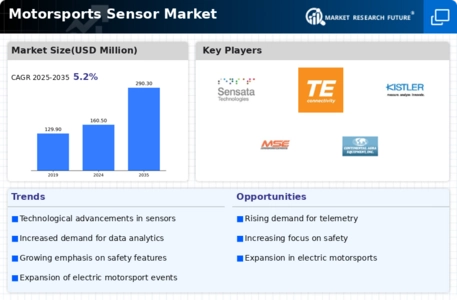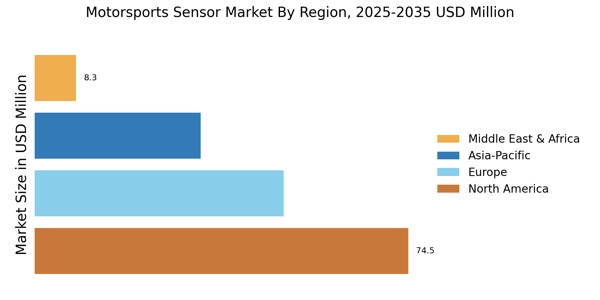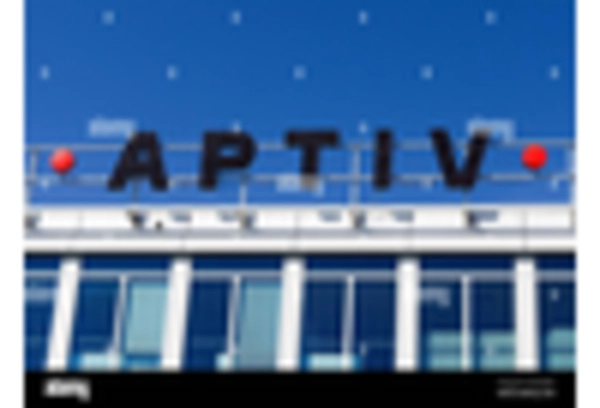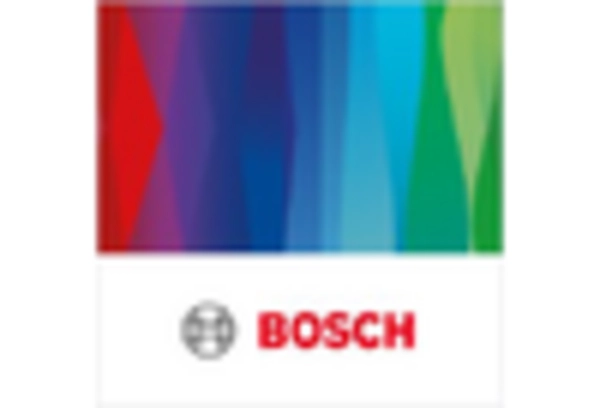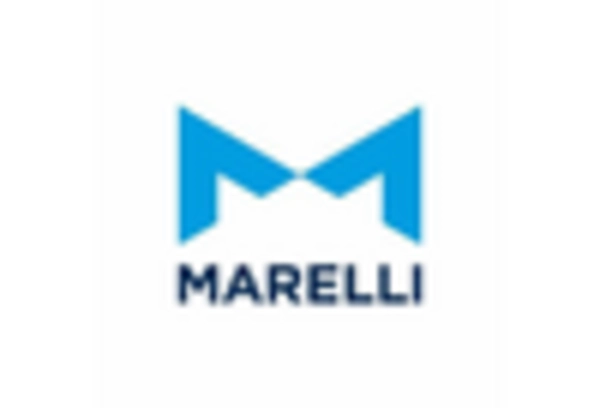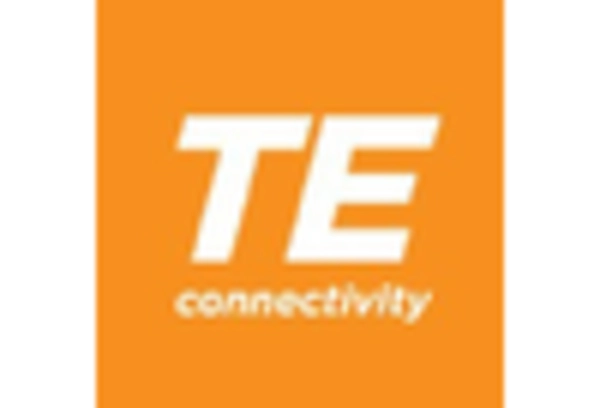Enhanced Data Analytics
Enhanced data analytics capabilities are reshaping the Motorsports Sensor Market, as teams increasingly rely on data-driven insights to improve performance. The ability to collect and analyze vast amounts of data from various sensors allows teams to identify patterns and make strategic decisions. For example, telemetry data can reveal insights into tire wear, fuel efficiency, and engine performance, which are critical for race day success. The market for data analytics tools in motorsports is expected to grow substantially, with estimates suggesting a potential increase of over 15% annually. This growth is indicative of the industry's commitment to leveraging data for competitive advantage, ultimately leading to more exciting and closely contested races.
Focus on Sustainability
Sustainability has emerged as a pivotal driver in the Motorsports Sensor Market, as teams and organizations strive to reduce their environmental impact. The integration of eco-friendly materials in sensor manufacturing and the development of energy-efficient sensor technologies are becoming more prevalent. This shift is not merely a trend but a response to growing regulatory pressures and consumer expectations for greener practices. The motorsports sector is witnessing a rise in electric and hybrid vehicles, which necessitates the use of specialized sensors to monitor battery performance and energy consumption. As a result, the market for sensors tailored to sustainable racing solutions is projected to expand significantly, potentially reaching a valuation of several billion dollars by the end of the decade.
Wireless Sensor Adoption
The adoption of wireless sensors is transforming the Motorsports Sensor Market by providing teams with greater flexibility and efficiency. Wireless technology eliminates the need for cumbersome wiring, allowing for easier installation and maintenance of sensor systems. This shift is particularly beneficial in high-stakes environments where quick adjustments are crucial. According to recent estimates, the wireless sensor segment is expected to account for over 40% of the total motorsports sensor market by 2026. This trend not only streamlines operations but also enhances data transmission speeds, enabling real-time monitoring of vehicle performance metrics. As teams increasingly rely on instantaneous data to inform their strategies, the demand for wireless sensor solutions is likely to continue its upward trajectory.
Rising Investment in Motorsports
Rising investment in the motorsports sector is a significant driver for the Motorsports Sensor Market. Increased funding from sponsors, manufacturers, and private investors is facilitating the development of cutting-edge sensor technologies. This influx of capital enables teams to invest in advanced sensor systems that enhance vehicle performance and safety. Recent reports indicate that sponsorship spending in motorsports has surged, with estimates suggesting a growth rate of around 10% annually. This financial support not only boosts the development of innovative sensor solutions but also encourages collaboration between technology firms and racing teams. As investment continues to rise, the motorsports sensor market is likely to witness accelerated growth, fostering innovation and competitiveness.
Integration of Advanced Technologies
The Motorsports Sensor Market is experiencing a notable shift towards the integration of advanced technologies such as artificial intelligence and machine learning. These technologies enhance data analysis capabilities, allowing teams to make informed decisions in real-time. For instance, AI algorithms can predict vehicle performance under various conditions, optimizing race strategies. The market for motorsports sensors is projected to grow at a compound annual growth rate of approximately 8% over the next five years, driven by these technological advancements. Furthermore, the incorporation of augmented reality in sensor applications is likely to provide teams with immersive data visualization, thereby improving situational awareness during races. This trend indicates a significant evolution in how data is utilized in motorsports, ultimately enhancing competitive performance.


